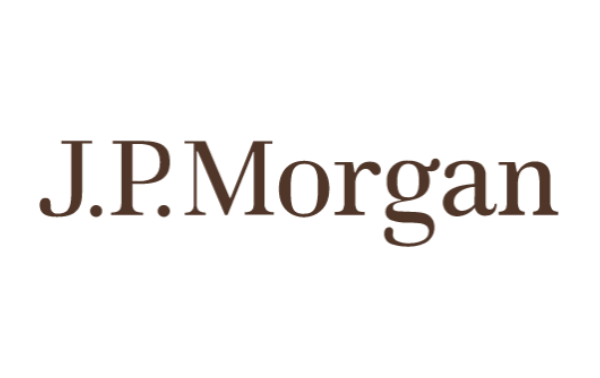Despite a series of large catastrophe events within the past year, such as Hurricanes Helene and Milton, and the Los Angeles wildfires, capacity in the reinsurance sector continues to build and prices should begin to get progressively softer, according to J.P. Morgan. “Reinsurance prices have been declining over the past two years and we expect them to drop further with 1/1/26 renewals given limited cat activity during hurricane season (thus far),” the firm said in a new report.
“Reinsurance prices have been declining over the past two years and we expect them to drop further with 1/1/26 renewals given limited cat activity during hurricane season (thus far),” the firm said in a new report.
“With January 2025 renewals, property catastrophe prices declined 5-15% (down less for lower layers and more for loss-removed exposures) and, barring sizable cat activity in the next few months, we anticipate an even sharper drop with 1/1/26 renewals.”
Moreover, the firm notes that the hard reinsurance market in the past several years follows an extended period of softer pricing.
“After more than a decade of soft prices (with periods of short-lived price hikes), the reinsurance market began to turn in 2017/2018, primarily due to a mix of high catastrophe losses, multiple years of poor margins, and capital trapped in ILS structures.,” J.P. Morgan said.
However, the market began to soften again in late 2024/early 2025, following a period of hard market conditions, and while rates declined further at 1/1/25, reinsurance terms and conditions remained fairly consistent with 2024.
“Price softening continued with April and mid-year renewals marked by a roughly 5-15% decline in rates, but terms/conditions remained relatively firm. Although upper layers of reinsurance programs should become more competitive, driven by the buildup of capital (from both robust returns at existing carriers and increased ILS issuance), the market has not gotten overly aggressive thus far,” J.P. Morgan said.
As well as this. J.P. Morgan explained that strong returns posted from reinsurers over the past two years, as well as higher ILS issuance, has increased capital in the market.
“As we anticipated, the LA wildfires in 1Q25 did not materially change reinsurance pricing trends, but they have been a tailwind for demand and are driving reinsurers to remain reluctant to bring down attachment points or cut prices on lower layers of reinsurance towers,” the firm added.
Barring outsized catastrophe losses, the bank’s report said that reinsurance prices should get progressively softer.
“Despite a series of large events such as Hurricanes Helene and Milton and the LA wildfires, capacity in the reinsurance business continues to build and we are in the midst of a soft market,” the report reads.
“Although competition is more contained within upper layers thus far, there has been no change to the long-term structural challenges in the reinsurance market, including low barriers to entry and lack of differentiation among carriers. Hence, while reinsurers will generate robust returns periodically, we expect subdued returns over a full market cycle.”
The bank’s report also suggested that while there has been limited new company formation, capital in the reinsurance market continues to increase due to strong returns at incumbent carriers and increased alternative capacity.
While prices have declined, J.P. Morgan’s report also suggested that reinsurance terms and structures have not changed commensurately, and margins in the business remain adequate.
“Price competition has been more acute in higher layers of risk towers, where there is more competition from alternative capacity and catastrophe bonds. In lower layers, which are more exposed to attritional losses, pricing has remained more disciplined and exposures continue to present more of a burden to primary insurers than reinsurers compared to pre-2023,” J.P. Morgan explained.
Nevertheless, J.P. Morgan notes that reinsurers’ return on equity’s (ROEs) are anticipated to decline in 2026, but remain in the double-digit range, better than in previous soft markets.
The firm also suggested that given the light hurricane season (thus far), reinsurers are likely to report robust margins and BV growth in Q3 2025, however, this is likely to accelerate the pace of price reductions with upcoming renewals.



